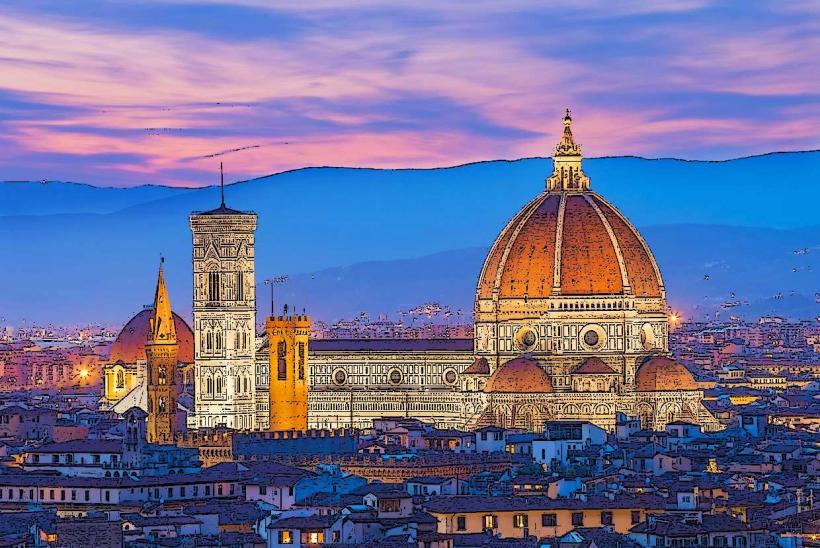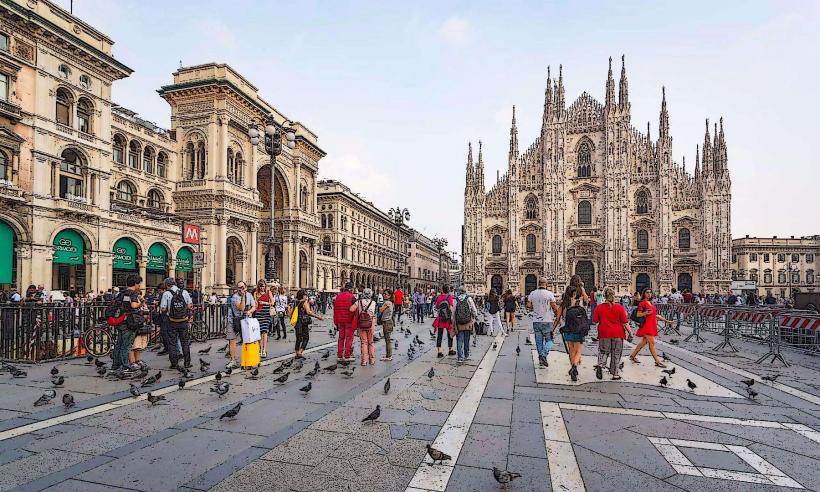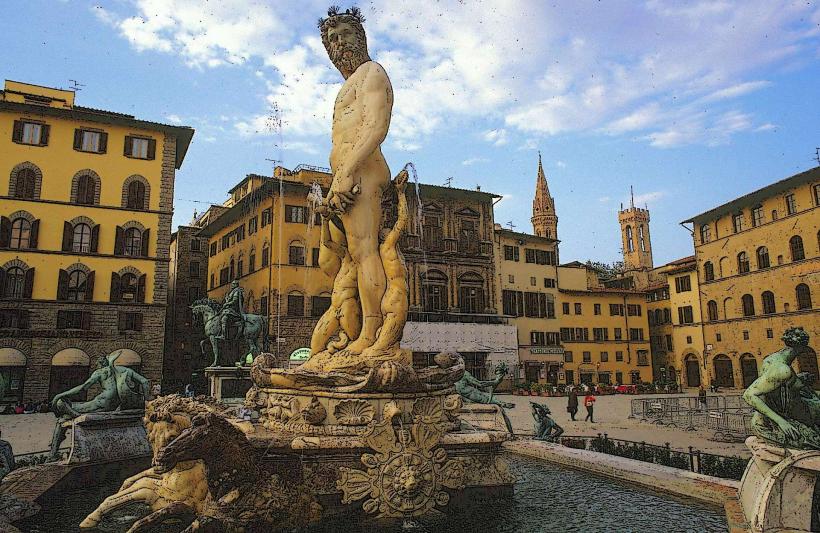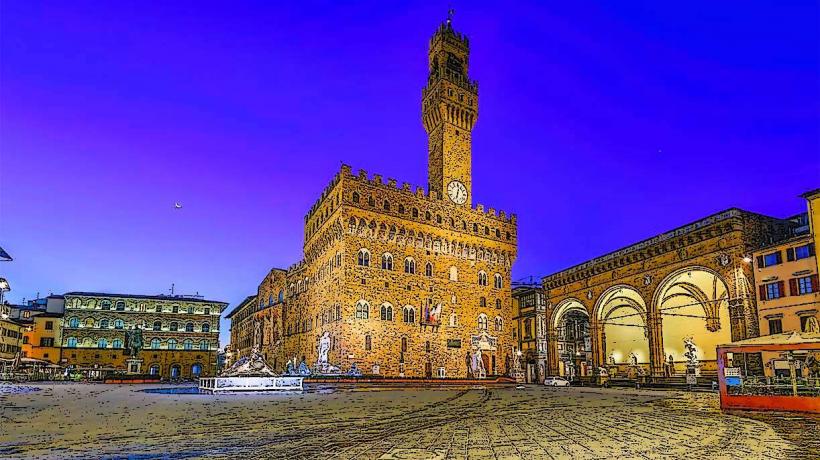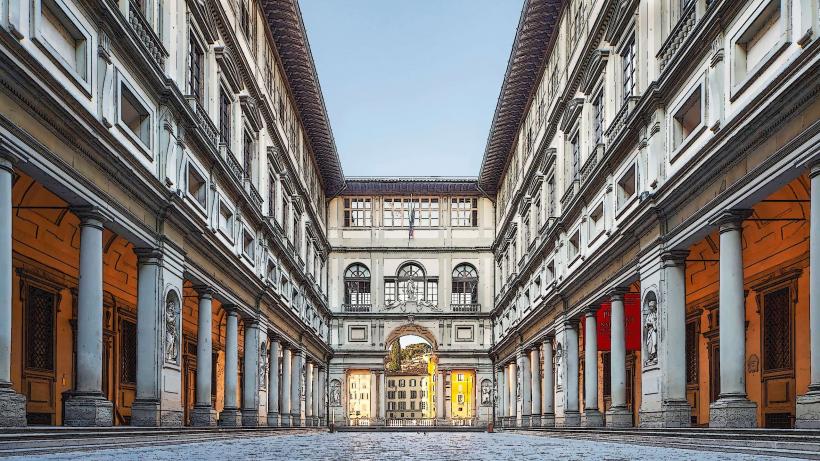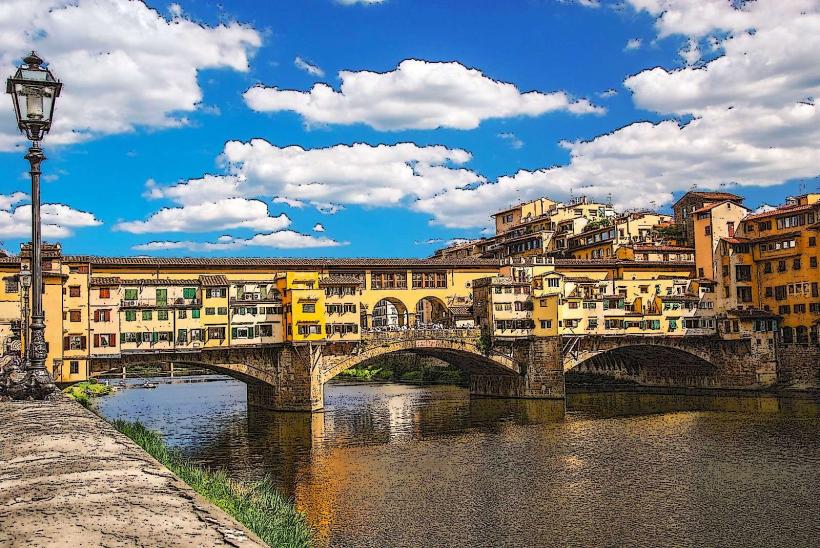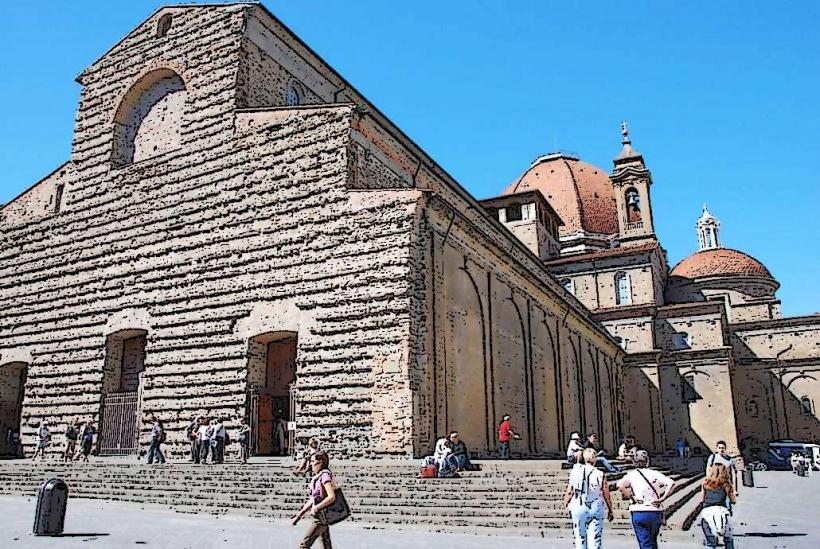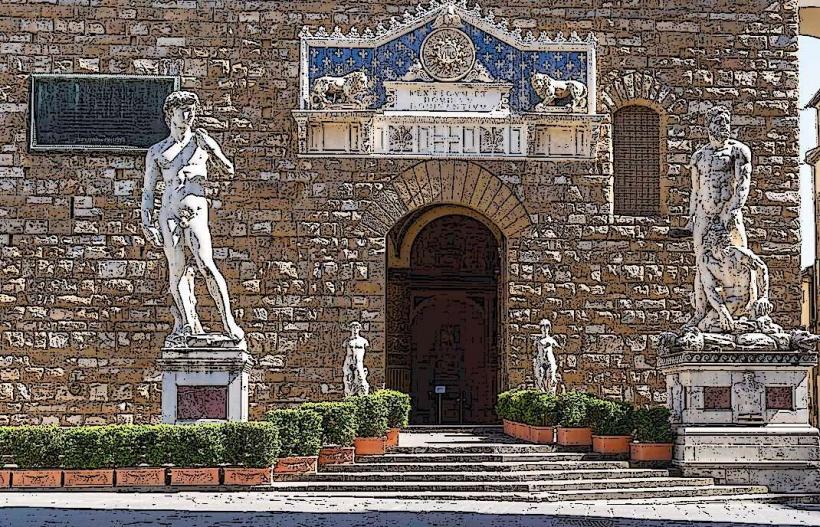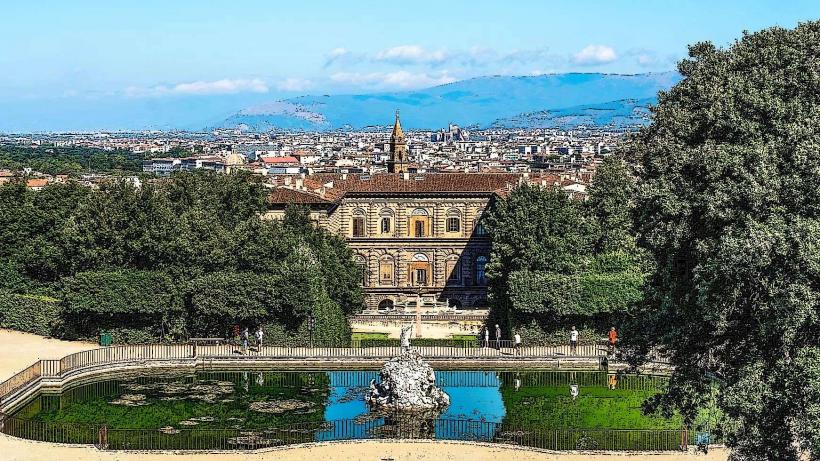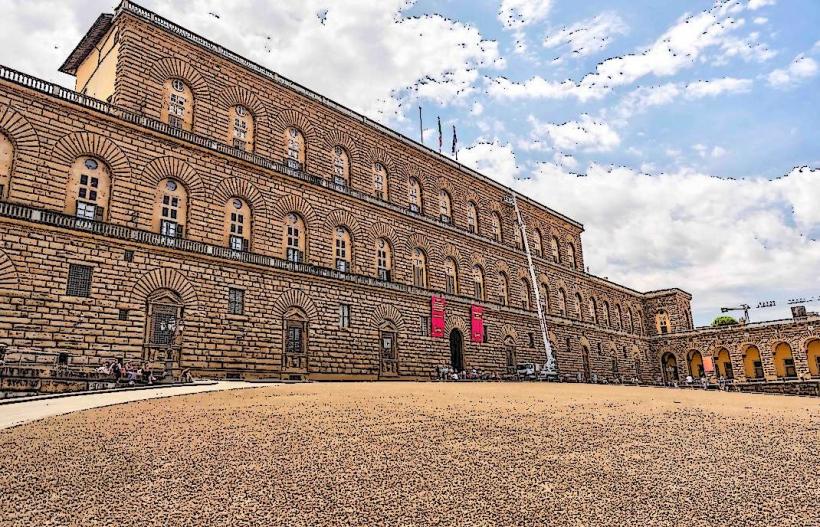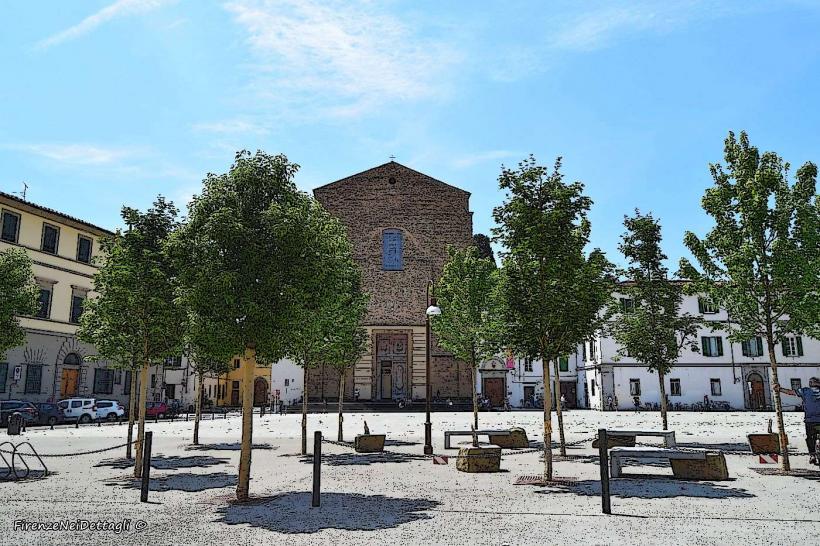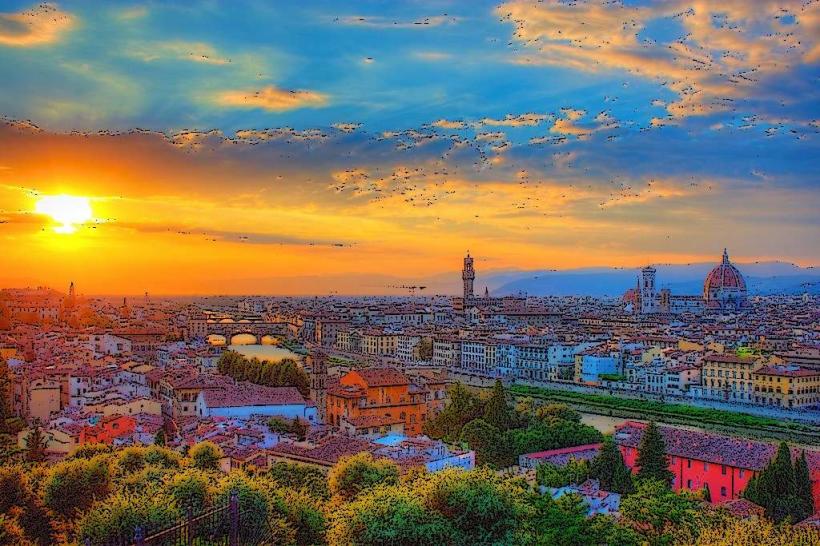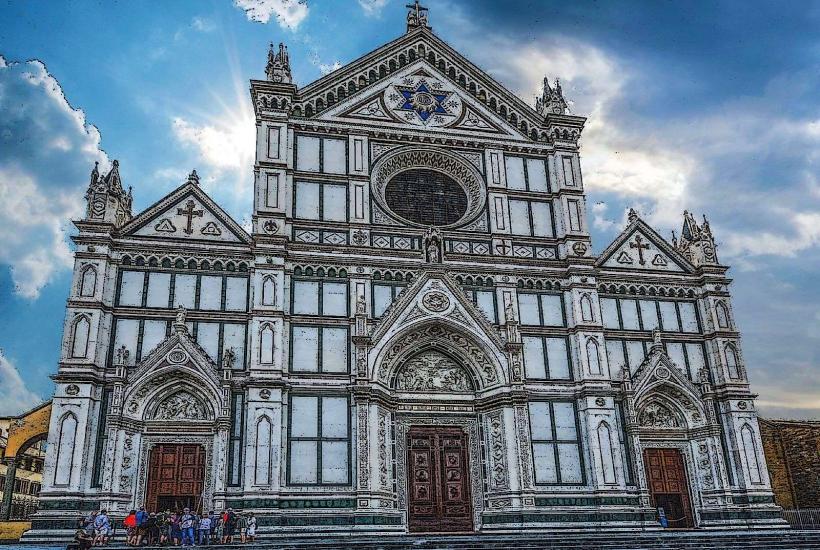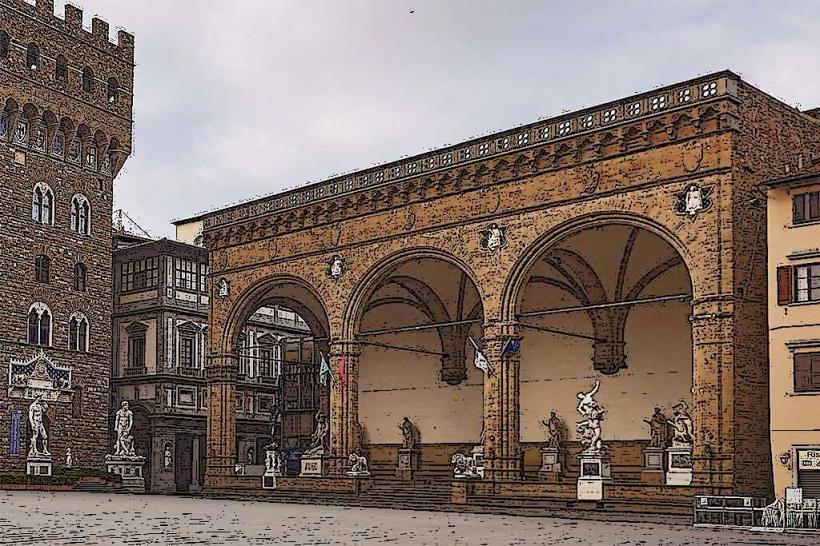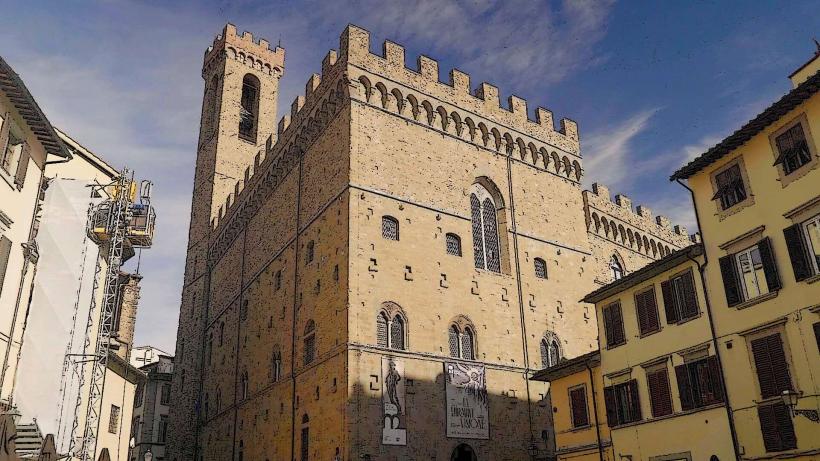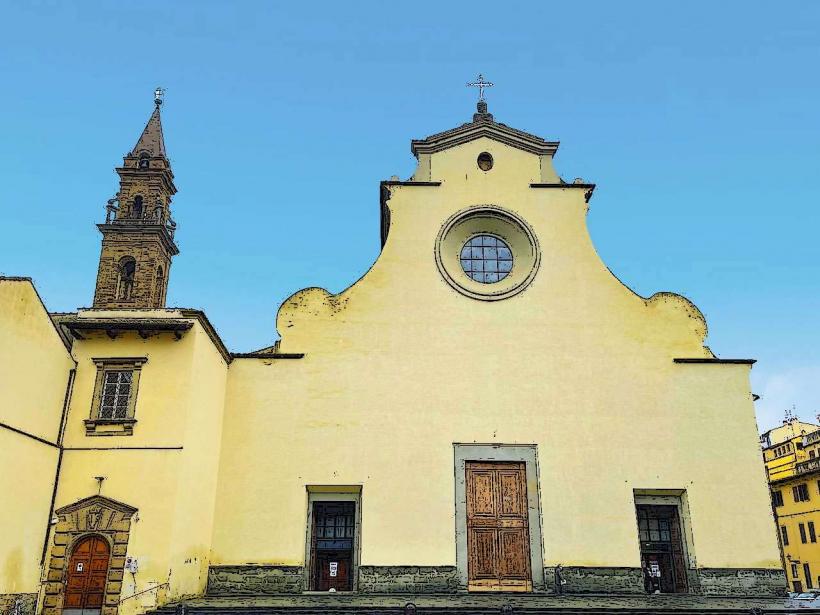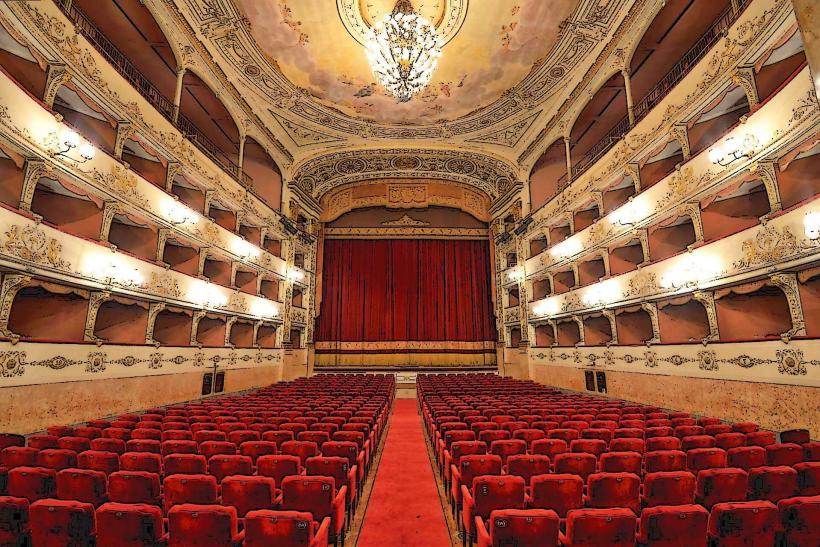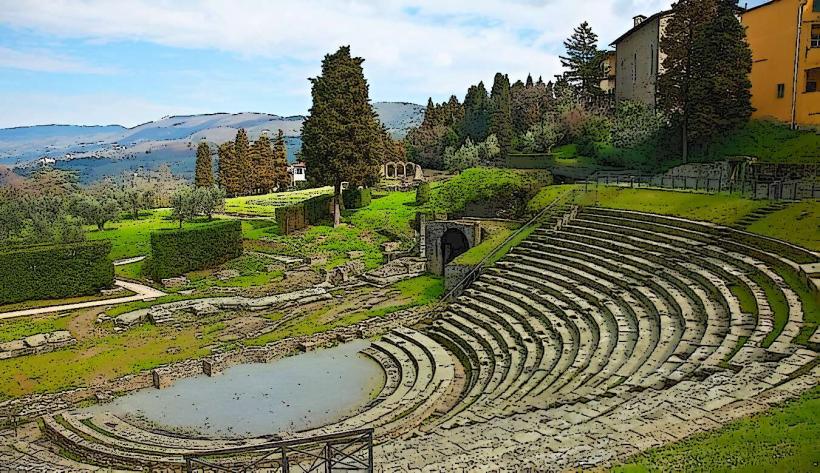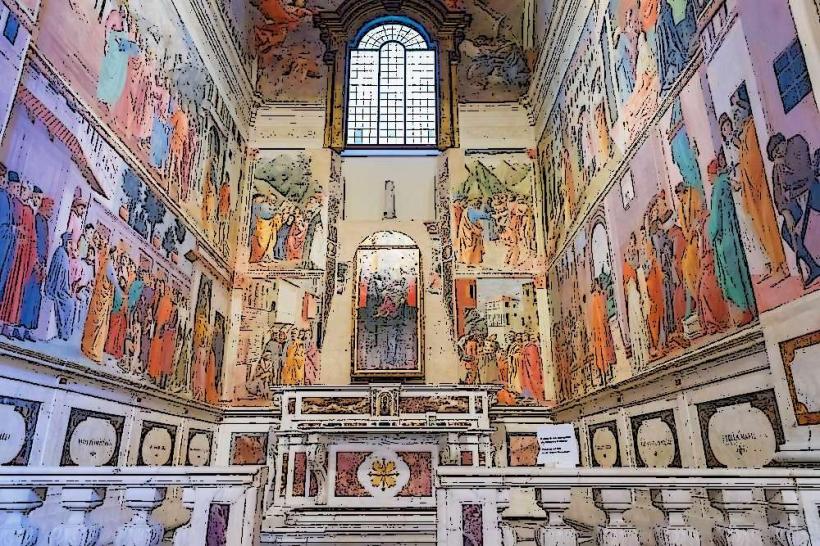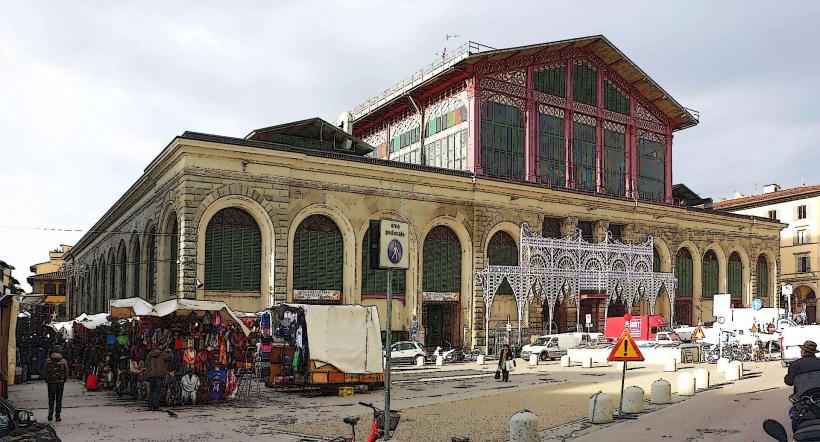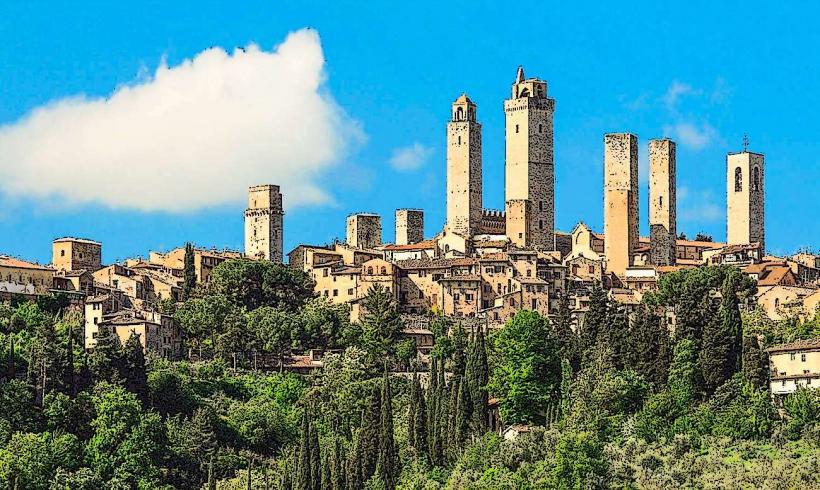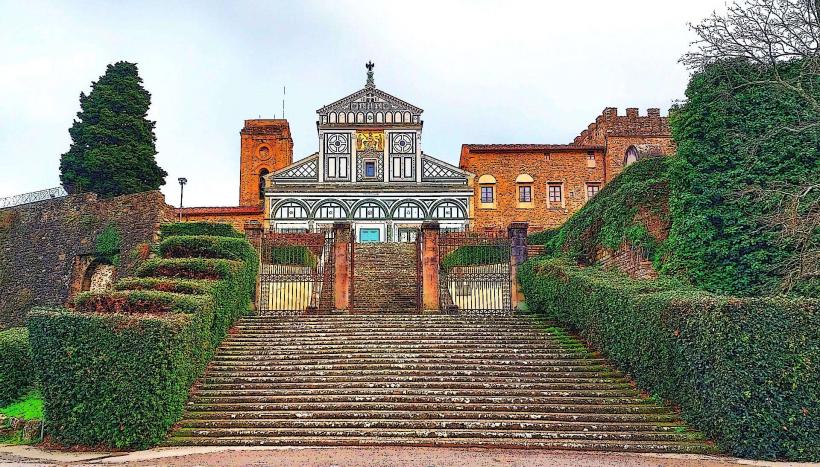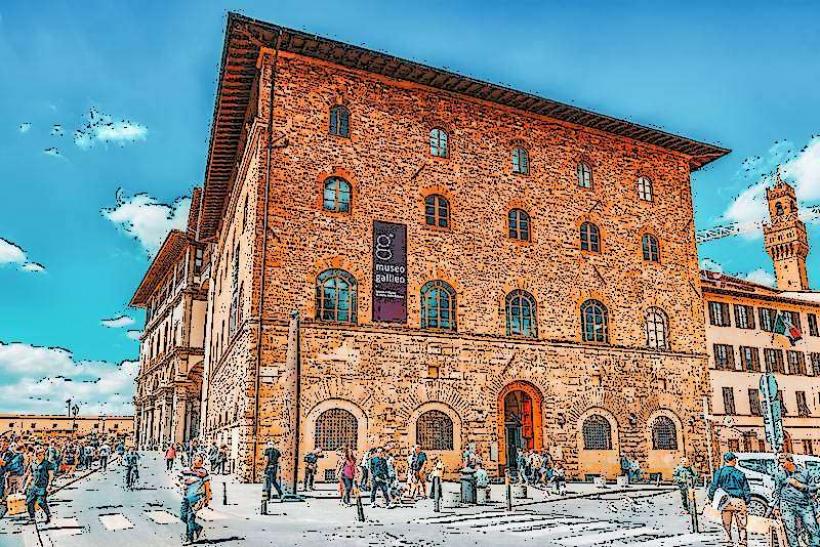Information
Landmark: Palazzo StrozziCity: Florence
Country: Italy
Continent: Europe
Palazzo Strozzi is one of the most important Renaissance palaces in Florence, Italy. Built between 1489 and 1538, it stands as a masterpiece of Florentine architecture and is a prime example of the grandeur of the Strozzi family—one of the wealthiest and most influential families in Renaissance Florence. Today, the palace is a major cultural center in the city, hosting art exhibitions, cultural events, and international projects.
1. Historical Background
- Commission and Construction: Palazzo Strozzi was commissioned by Francesco Strozzi, a wealthy banker and merchant, who was one of the leading figures of Florence in the late 15th century. The design was entrusted to the architect Benedetto da Maiano, and later to Giorgio Vasari. The project was not completed until 1538, under the leadership of Francesco’s son, Pietro Strozzi.
- Rivalry with the Medici: The Strozzi family, although wealthy, had a long-standing rivalry with the Medici family, who controlled Florence at the time. The design of Palazzo Strozzi, with its imposing proportions and grand architectural style, was seen as a symbol of the family’s ambition and wealth, and it was intended to rival the power and prestige of the Medici's palaces.
2. Architectural Features
- Renaissance Architecture: Palazzo Strozzi is a prime example of the Renaissance style, featuring classical proportions and symmetry. It follows the traditional Florentine palace layout, with a large courtyard at its center, surrounded by rooms on all sides. The building’s exterior is characterized by its rusticated stone façade, with the stones becoming progressively smoother as they rise, a technique that emphasizes the building’s monumental scale.
- Loggia and Courtyard: One of the most striking features of Palazzo Strozzi is its loggia—an open, covered space with arches on the ground floor—perfectly reflecting the Renaissance ideal of public engagement and openness. The inner courtyard is spacious and is flanked by columns and arches. It has a balanced and harmonious design that invites visitors to enter, offering a sense of openness and grandeur.
- Facades and Decoration: The façades of the palace are adorned with simple, yet refined, decorations that enhance the monumental effect. The palazzo’s design is symmetrical, with large windows that allow light to flood the interior spaces. Over the centuries, the palace has undergone some changes and additions, but it has managed to retain its Renaissance character.
3. Function and Cultural Role
- A Family Seat: Initially, Palazzo Strozzi served as the private residence of the Strozzi family. For centuries, the palace was an epitome of the family's wealth and power. It was not only a private home but also a venue for social gatherings, cultural events, and intellectual exchanges.
- Cultural Center: Today, Palazzo Strozzi is one of Florence’s most important venues for temporary exhibitions and cultural events. It regularly hosts art exhibitions, conferences, and concerts. The palace has been used as a venue for exhibitions of works by international artists from the Renaissance to modern times, and it plays an integral part in Florence’s dynamic cultural life.
- Fondazione Palazzo Strozzi: Since 2006, the palace has been managed by the Fondazione Palazzo Strozzi, a non-profit foundation dedicated to promoting cultural activities, particularly in the arts. The foundation organizes high-profile exhibitions, ranging from contemporary art to Renaissance masterpieces, ensuring the palace remains at the forefront of Italy’s art scene.
4. Notable Exhibitions
Palazzo Strozzi has hosted many world-class exhibitions, often focusing on Renaissance art, modern art, and contemporary movements. Some notable exhibitions include:
- Exhibitions on Renaissance Art: Featuring masterpieces from Florentine painters such as Botticelli, Michelangelo, and Leonardo da Vinci.
- Modern and Contemporary Art: The palace frequently organizes exhibitions featuring international contemporary artists from a variety of media, including painting, photography, sculpture, and installation art.
- Collaborations with Major Museums: Palazzo Strozzi often collaborates with leading museums and galleries from around the world, such as the Museo del Prado in Madrid and the British Museum in London, to bring unique exhibitions to Florence.
5. Visiting Palazzo Strozzi
- Exhibition Spaces: The palace is divided into several rooms and exhibition spaces that are designed to accommodate different types of artwork. The ground floor houses the main exhibition areas, while the upper floors often feature temporary exhibitions. The courtyard is sometimes used for outdoor art installations or events during the warmer months.
- The Strozzi Chapel: On the second floor, there is also a small chapel that was once used by the family for private religious services. It is a peaceful and beautiful space, decorated with fine Renaissance frescoes and paintings.
- Location: Palazzo Strozzi is located in the Piazza Strozzi, right in the heart of Florence’s historic center. It is easily accessible on foot from other famous landmarks such as the Piazza della Repubblica and Piazza del Duomo.
6. Conclusion
Palazzo Strozzi is one of the most magnificent buildings in Florence and an essential part of the city's architectural and cultural heritage. With its Renaissance design, historic significance, and role as a center for art and culture, it offers visitors an immersive experience of Florence’s rich history, architecture, and contemporary art scene. Whether you are interested in Renaissance history, art exhibitions, or simply enjoying the grandeur of a Florence palace, Palazzo Strozzi is a must-visit landmark.

